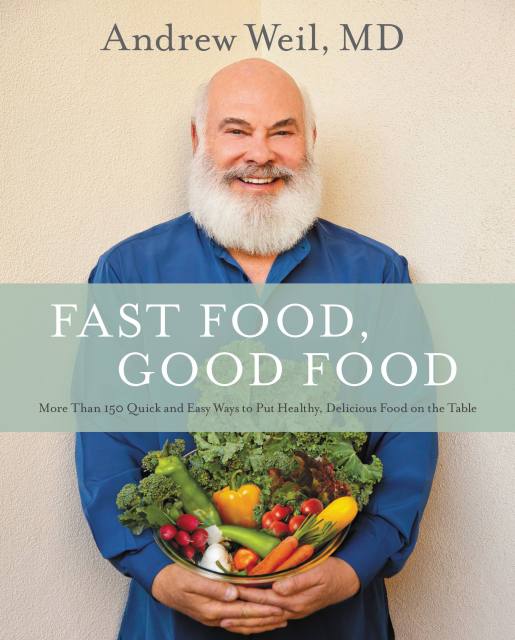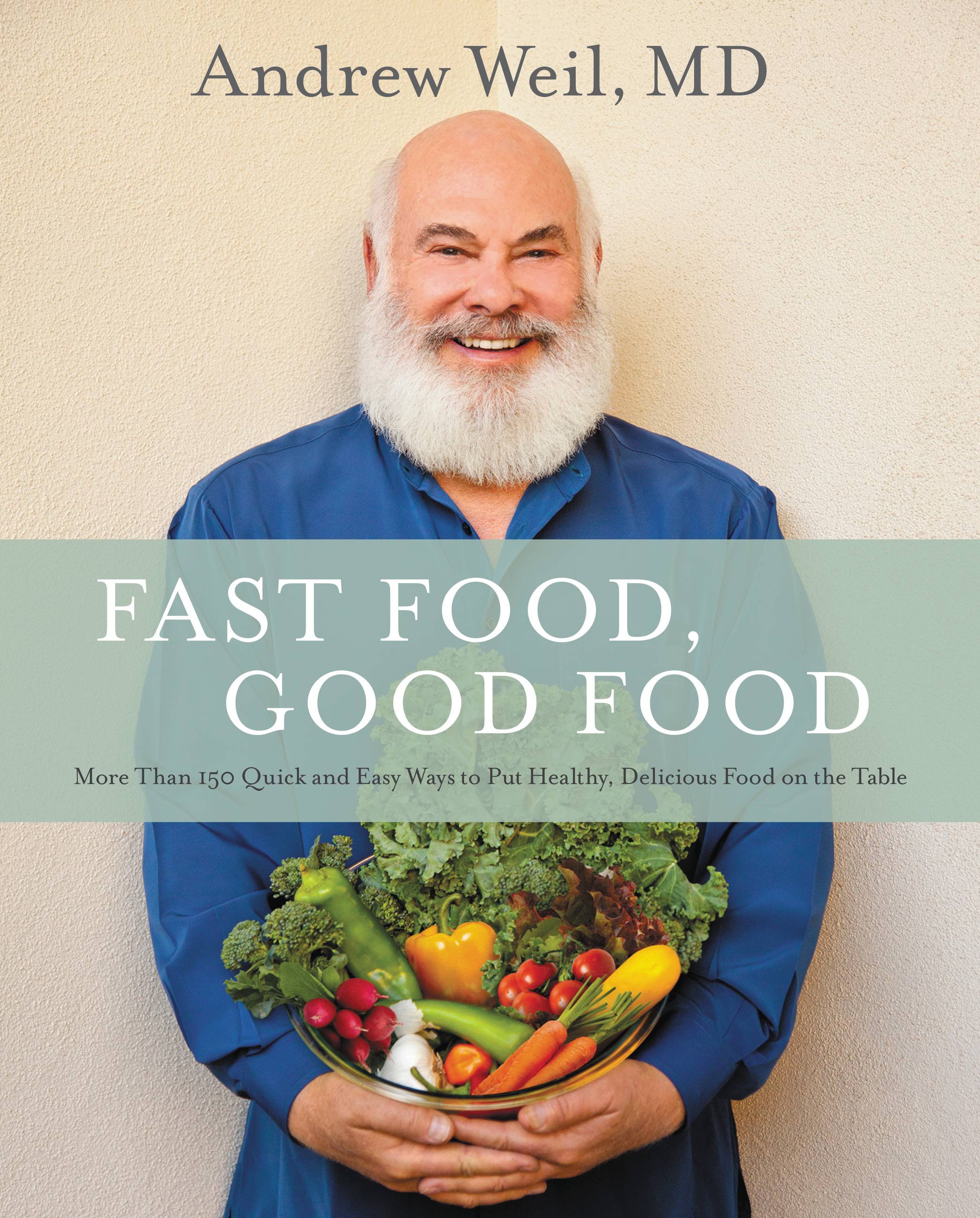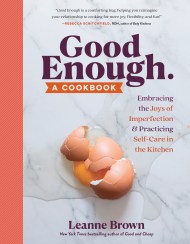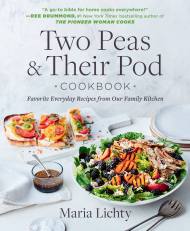Promotion
Use code MOM24 for 20% off site wide + free shipping over $45
Fast Food, Good Food
More Than 150 Quick and Easy Ways to Put Healthy, Delicious Food on the Table
Contributors
Formats and Prices
Price
$12.99Price
$16.99 CADFormat
Format:
- ebook $12.99 $16.99 CAD
- Hardcover $32.00 $40.00 CAD
This item is a preorder. Your payment method will be charged immediately, and the product is expected to ship on or around October 20, 2015. This date is subject to change due to shipping delays beyond our control.
Also available from:
Delicious, nutritious, quick, and easy recipes from bestselling author Dr. Andrew Weil’s own kitchen.
These days, fewer people than ever are cooking meals at home. Convincing ourselves that we don’t have time to cook, we’ve forgotten how fast, simple, and wonderfully satisfying it can be to prepare delicious meals in our own kitchens for the people we love. In Fast Food, Good Food, bestselling author Dr. Andrew Weil reminds us, with more than 150 easy-to-prepare recipes for delectable dishes that are irresistibly tasty and good for you.
These recipes showcase fresh, high-quality ingredients and hearty flavors, like Buffalo Mozzarella Bruschetta, Five-Spice Winter Squash Soup, Greek Style Kale Salad, Pappardelle with Arugula Walnut Pesto, Pan-Seared Halibut with Green Harissa, Coconut Lemon Bars, and Pomegranate Margaritas. With guidance on following an anti-inflammatory diet and mouth-wateringly gorgeous photographs, Fast Food, Good Food will inspire the inner nutritionist and chef in every reader.
These days, fewer people than ever are cooking meals at home. Convincing ourselves that we don’t have time to cook, we’ve forgotten how fast, simple, and wonderfully satisfying it can be to prepare delicious meals in our own kitchens for the people we love. In Fast Food, Good Food, bestselling author Dr. Andrew Weil reminds us, with more than 150 easy-to-prepare recipes for delectable dishes that are irresistibly tasty and good for you.
These recipes showcase fresh, high-quality ingredients and hearty flavors, like Buffalo Mozzarella Bruschetta, Five-Spice Winter Squash Soup, Greek Style Kale Salad, Pappardelle with Arugula Walnut Pesto, Pan-Seared Halibut with Green Harissa, Coconut Lemon Bars, and Pomegranate Margaritas. With guidance on following an anti-inflammatory diet and mouth-wateringly gorgeous photographs, Fast Food, Good Food will inspire the inner nutritionist and chef in every reader.
Genre:
- On Sale
- Oct 20, 2015
- Page Count
- 304 pages
- Publisher
- Little, Brown and Company
- ISBN-13
- 9780316329514
Newsletter Signup
By clicking ‘Sign Up,’ I acknowledge that I have read and agree to Hachette Book Group’s Privacy Policy and Terms of Use







